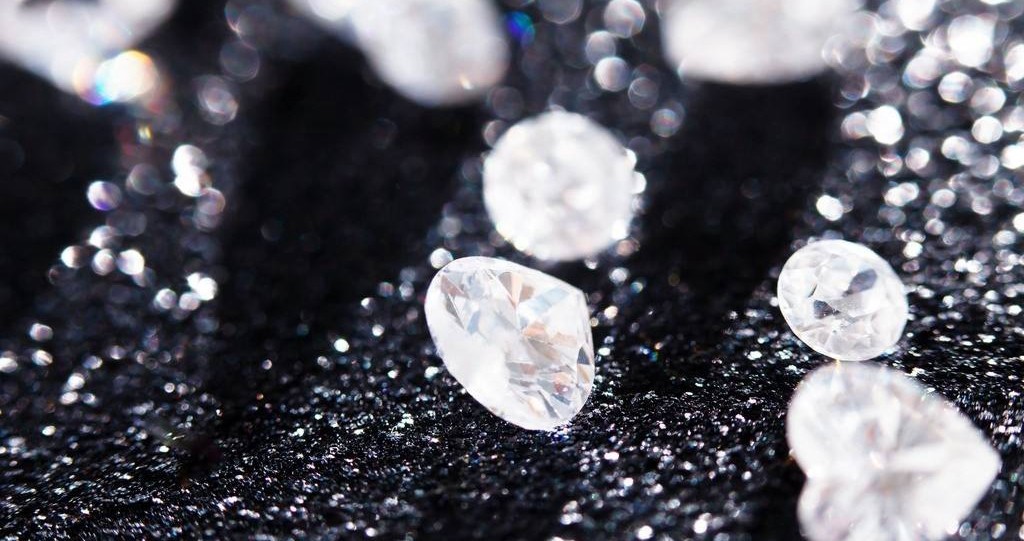In this holiday season, people are outside buying gifts for loved ones. Jewelry is always a perfect gifts for the lovers--US customers spent $6.57 billion on jewelry in last December. The retail sales will be not expected to fall this holiday month. We rarely think of human rights issues when buying jewelry for people we love and even many jewelry manufacturers. Or, if we do, we remain committed to the thought that there are international mechanisms to ensure, so we always think that it’s not my business. This make us think that revenue from mining precious stones and metal is not used to fund violence.

But the truth is, diamond and gold mining in some parts of the world is still tainted by human rights and labor abuses, as well as environmental harm. There is little reason for reassurance. In the Marange diamond district of Zimbabwe, residents were still subjected to forced labour, torture and violence by security forces. In the Philippines, children dig deep into the ground or drive under water to mine gold under life-threatening conditions.
And even in the other areas of the world, gold mines have caused dangerous pollution through large-scale leakage and accidents. Many jewellery companies often fail to assess the risk of human rights violations in the supply chains though they claim to operate with high ethical standards. Earlier this year, Human Rights Watch, a international nonprofit group of Newsday, carefully reviewed the procurement policies of 13 well-known jewelry brands and ten of the companies responded.
They assessed what they sent us, along with other information that was publicly available also ranked the 13 companies according to these specific responsible sourcing criteria. Here is what they found:
Jewelers are often unable to determine the source of their gold and diamonds, and they often rely on supplier warranties without having to verify these claims. In many cases, jewelers cannot publish information on their sourcing situation. Several of them have provided certification by the Responsible Jewellery Council, a London-based industry group, as evidence that they have performed well. However, as mentioned above, the committee's standards are weak and its certification process is not transparent.
But the good news is some jewelry brands are working to trace the source of gold and diamonds in jewelry. For example, Tiffany & Co. traces its gold to the mine and conducts a thorough human rights assessment. On the other hand, quite a part of growing number of small jewelers, including Signet, Chopard and Cartier, efforts are being made to source gold from small mines and take steps to ensure that rights are respected.
At the end of the article, hoping they are considering asking the following questions when customers are buying jewelry:
² Where do the gold, diamonds or other minerals in your jewelry come from?
² What did your company do to determine whether there were human rights violations in and around the mine where the metal or gemstone was located?
² Does your company disclose the name of its supplier?
This holiday season, remind jewelers of that responsibility.

